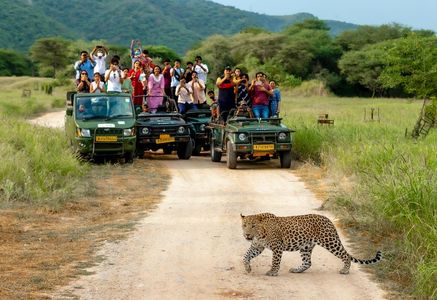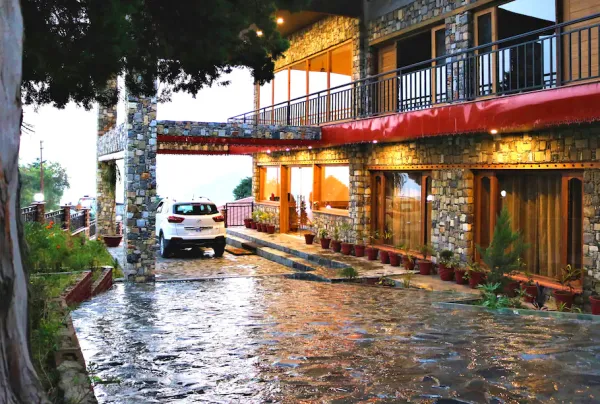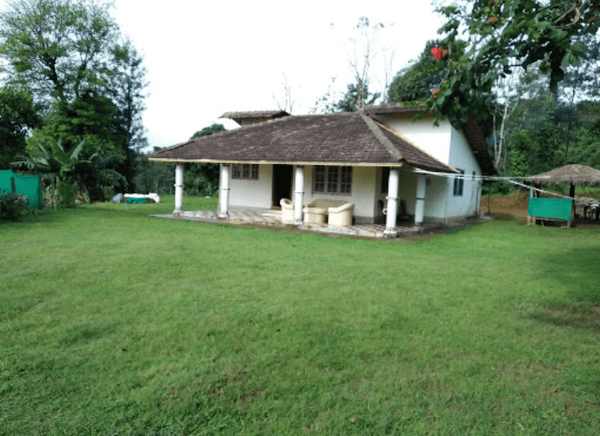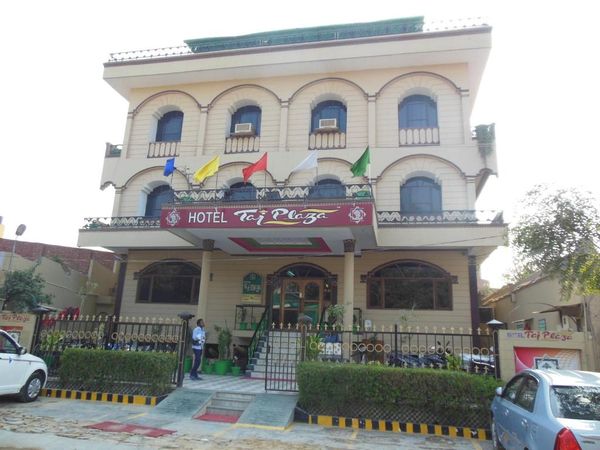Hidden Wilderness: Experience the Magic of Jhalana Leopard Safari
 Palakshi Meharwal
15 Sep, 2025
12 mins read
5
Palakshi Meharwal
15 Sep, 2025
12 mins read
5

Nestled in the heart of Jaipur, the Jhalana Leopard Safari is a treasure trove for wildlife enthusiasts and nature lovers. While Jaipur is globally famous for its majestic forts, vibrant bazaars, and regal palaces, few visitors know about this hidden wilderness that thrives just a few kilometers from the bustling Pink City. Spread across approximately 23 square kilometers, the Jhalana Leopard Reserve is home to an extraordinary population of leopards and offers a thrilling escape into Rajasthan’s untamed side.
For those who crave adventure beyond the city’s historical charm, the Jhalana Leopard Safari is a once-in-a-lifetime opportunity to witness wild cats in their natural habitat, along with a wide array of flora and fauna.
The Unique Charm of Jhalana Leopard Reserve
Unlike the more crowded and commercialized wildlife parks in India, the Jhalana Leopard Reserve has a distinct charm. It’s less touristy yet equally captivating, making it an ideal choice for travelers looking for an intimate wildlife experience.
The reserve is primarily known for its thriving leopard population. Leopards are elusive by nature, but Jhalana is unique in offering high chances of sightings, thanks to its balanced ecosystem and sustainable conservation efforts. Currently, over 30 leopards inhabit the reserve, and many of them can be spotted roaming freely even during daytime safaris.
Beyond leopards, the forest is also home to striped hyenas, jackals, desert foxes, jungle cats, nilgai (blue bull), and a remarkable variety of birds, making it a paradise for birdwatchers and photographers.
Why Jhalana is a Wildlife Gem in Jaipur
The Jhalana Leopard Safari has positioned itself as one of the most exciting wildlife experiences in Rajasthan. Here are a few reasons why it stands out:
- Proximity to Jaipur City – Located just 10 km from the main city, Jhalana is easily accessible. You don’t need to travel long distances to witness wildlife—this safari is a quick escape from the city’s hustle.
- High Leopard Density – Jhalana boasts one of the highest densities of leopards in India, which significantly increases the chances of sighting.
- Eco-Tourism Focus – The reserve is managed with a strong focus on conservation and sustainable tourism, ensuring that human activity does not disturb the ecosystem.
- Exclusive Safari Zones – The park is divided into safari zones to minimize crowding and maximize the wildlife experience for visitors.
The Safari Experience
The thrill of Jhalana begins the moment you hop onto an open gypsy safari jeep. Guided by trained naturalists and forest officials, the safari usually lasts for about 2.5 to 3 hours. The journey takes you through rugged tracks, rocky hills, and dense green patches, each turn bringing the possibility of a leopard encounter.
Unlike tigers that dominate parks like Ranthambore, leopards at Jhalana are the star attraction. These big cats are graceful yet powerful, often spotted lazing on rocks, walking through trails, or perched on trees.
Apart from leopards, visitors may encounter:
- Striped Hyenas – Known for their nocturnal lifestyle.
- Indian Palm Civets – Rare and shy, often spotted by keen observers.
- Birds – Over 150 bird species, including Indian Pitta, Shikra, and Dusky Eagle Owl.
- Reptiles – Monitor lizards and pythons are also part of Jhalana’s ecosystem.
Every safari is unique—sometimes you may see a leopard right at the beginning, while at other times, you may need to wait patiently, enjoying the beauty of the wilderness.
Best Time to Visit Jhalana Leopard Safari
The reserve is open throughout the year, but the experience varies with the seasons:
- Winter (October – March): Pleasant weather, ideal for morning and evening safaris. Wildlife sightings are frequent, and migratory birds also visit during this time.
- Summer (April – June): Hot but rewarding. Leopards often come out to waterholes, increasing sighting opportunities.
- Monsoon (July – September): The forest turns lush green, offering scenic views, though sightings may be slightly challenging.
Most travelers consider October to March the best time to visit Jhalana for both comfort and photography.
Booking and Safari Timings
Safaris are conducted twice a day:
- Morning Safari: Starts around sunrise, perfect for spotting active leopards.
- Evening Safari: Begins late afternoon, ideal for golden-hour photography.
Booking is recommended, especially during peak tourist seasons. Permits are limited to ensure sustainable tourism and to preserve the park’s ecosystem.
Things to Carry on Safari
To make the most of your Jhalana Leopard Safari, carry the following essentials:
- Binoculars for birdwatching.
- A good camera with zoom lenses.
- Sunglasses, hats, and sunscreen for protection.
- Comfortable clothing in earthy tones to blend with the environment.
- Water bottles and light snacks.
Beyond the Safari: Things to Do in Jaipur
A trip to Jhalana safari can be combined with Jaipur’s cultural and historical attractions for a complete travel experience. Some must-visit sites include:
- Amber Fort – A UNESCO World Heritage site with stunning architecture.
- City Palace – A glimpse into Jaipur’s royal heritage.
- Hawa Mahal – The iconic “Palace of Winds.â€
- Jantar Mantar – An astronomical wonder.
- Local Bazaars – Perfect for shopping for handicrafts, jewelry, and textiles.
This combination of a wildlife safari in Jaipur and cultural exploration creates a unique itinerary for travelers.
Eco-Tourism and Conservation at Jhalana
Jhalana is not just about tourism; it’s a symbol of successful wildlife conservation in Rajasthan. The reserve is carefully managed to maintain a balance between tourism and ecology. By promoting eco-tourism, the park generates revenue that supports forest protection, local employment, and wildlife conservation initiatives.
Visitors play a crucial role by respecting safari rules, avoiding plastic waste, and maintaining silence during drives. Responsible tourism ensures that future generations can also enjoy the magic of Jhalana.
Tips for First-Time Visitors
- Book safaris in advance through official websites or authorized agents.
- Opt for morning safaris for cooler weather and better chances of sightings.
- Stay at eco-friendly resorts or homestays near the reserve.
- Be patient—wildlife sightings depend on nature’s rhythm.
- Follow the guide’s instructions for safety and to minimize disturbance to animals.
Conclusion
The Jhalana Leopard Safari is truly a hidden gem that brings together the best of Rajasthan’s wilderness and Jaipur’s accessibility. For travelers who wish to go beyond palaces and forts, this safari offers an authentic glimpse into India’s thriving wildlife. With its high leopard density, diverse biodiversity, and focus on eco-tourism, Jhalana Leopard Reserve has earned its reputation as a must-visit destination for adventure seekers.
Whether you’re a photographer chasing the perfect shot, a nature lover seeking peace, or a family looking for a unique outing, the Jhalana Leopard Safari promises an unforgettable experience. It is here, in this hidden wilderness, that you can truly feel the pulse of nature and witness the majestic leopard in all its glory.
Written By:
Palakshi Meharwal



Hotels at your convenience
Now choose your stay according to your preference. From finding a place for your dream destination or a mere weekend getaway to business accommodations or brief stay, we have got you covered. Explore hotels as per your mood.





